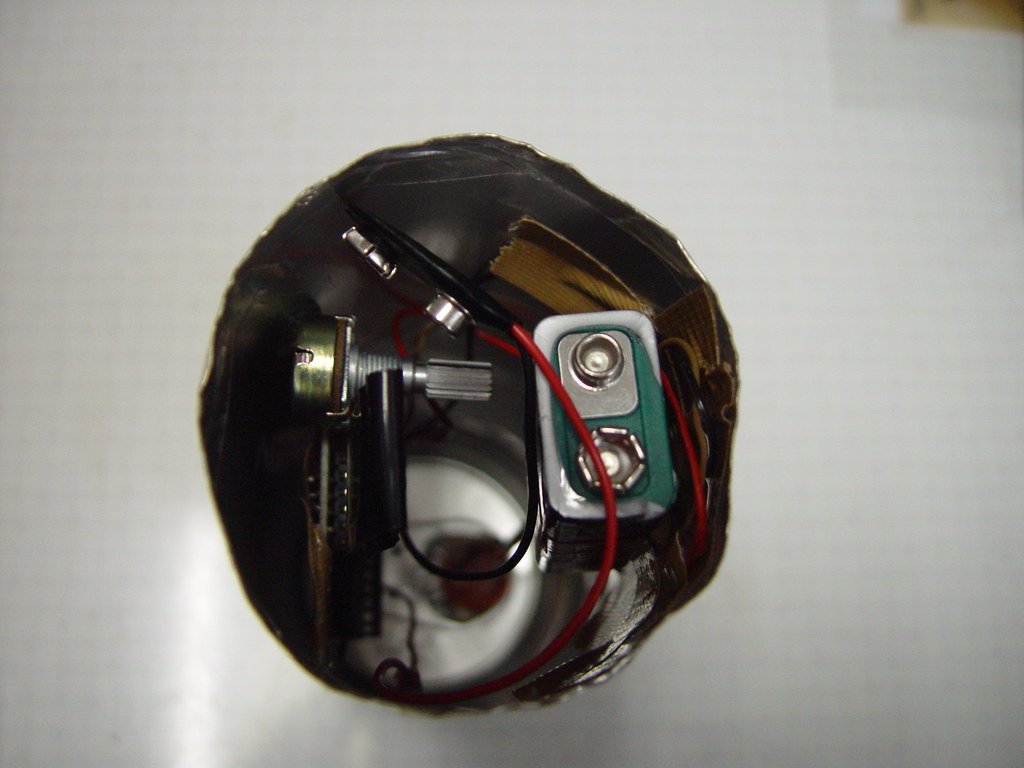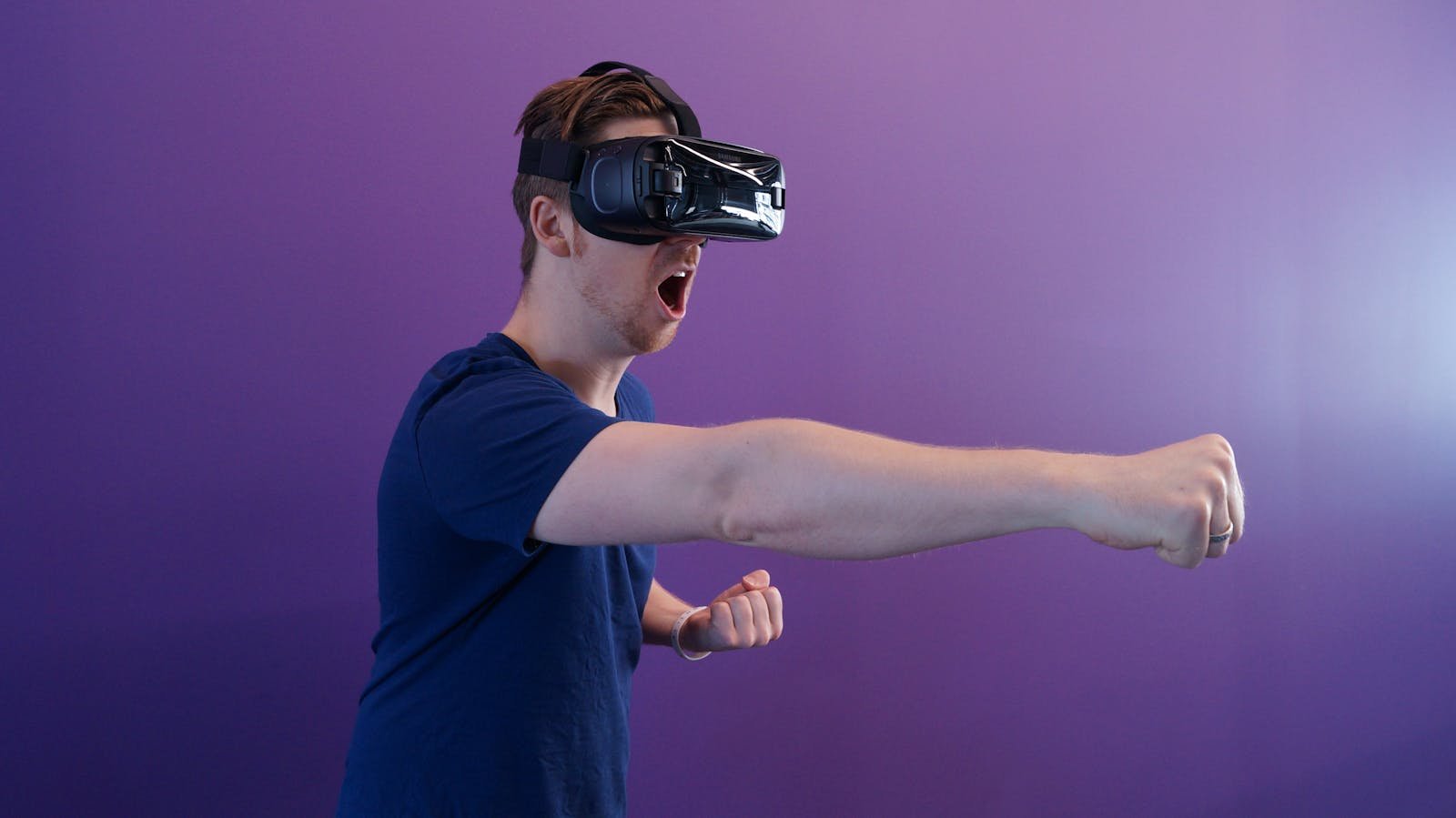The term “smart sensors” might sound like a contradiction. After all, sensors are simple devices that detect and measure things like temperature or motion. So what makes a sensor “smart”?
What Makes a Sensor “Smart”?
Traditional sensors are straightforward. They detect physical conditions like heat or pressure and convert these into electrical signals. These signals are then shown on a screen or recorded. But this raw data needs more processing to be useful.

Smart sensors, on the other hand, add extra features. Here’s what sets them apart:
-
Data Processing: Smart sensors have built-in microprocessors. They can analyze data themselves and make basic decisions. For example, they can estimate how long it will take to heat a room or activate security cameras when detecting human movement.
-
Communication Capabilities: Unlike traditional sensors, smart sensors can send data wirelessly. They share processed data with other devices or central systems. This reduces network traffic and allows for remote monitoring and real-time decision-making.
-
Adaptability: Many smart sensors adjust themselves to maintain accuracy over time. They can calibrate automatically to handle changes in their environment.
Benefits of Smart Sensors
Smart sensors offer big advantages across different fields:
-
Reduced Data Traffic: By processing data on the device, smart sensors cut down on the amount of raw data sent over networks. This helps prevent network congestion.
-
Automated Actions: Smart sensors can trigger specific actions based on the data they collect. For instance, a smart irrigation system can automatically adjust water levels based on soil moisture.
-
Better Insights: Processed data from smart sensors gives a clearer view of the monitored environment. This helps in making better decisions, optimizing processes, and planning maintenance.
Why Are They Called “Smart”?
Smart sensors are crucial in the Internet of Things (IoT). They help create networks of devices that can collect, analyze, and share data in real-time. This technology is changing industries, from smart homes to factory automation.
So, the next time you hear “smart sensor,” remember it’s not just a fancy term. It highlights the sensor’s ability to process, communicate, and adapt. These small devices are driving a smarter, more efficient future.







